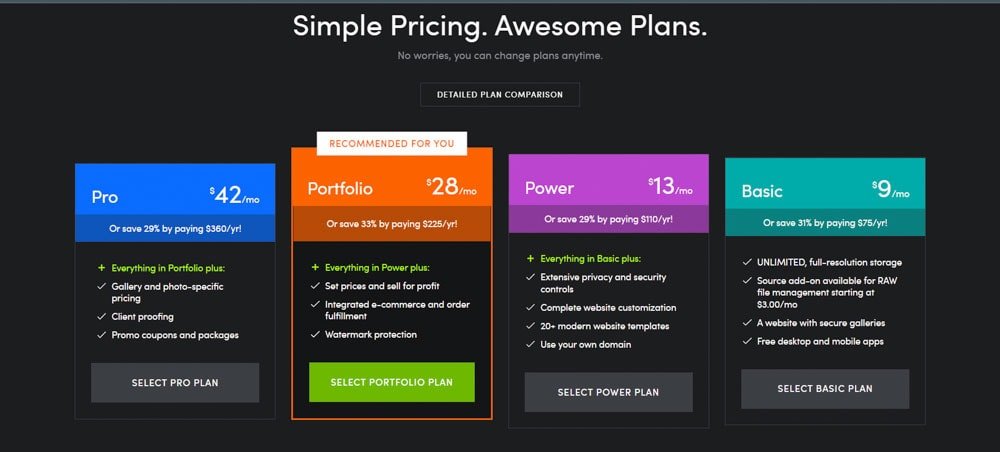A content calendar helps streamline your social media strategy, ensuring consistent and effective posting. It allows you to plan, organize, and execute your content in advance, saving time and boosting engagement. Here’s how to create a content calendar that works for your brand.

Define Your Goals
Before you start building your calendar, identify your social media objectives. Do you want to increase brand awareness, drive traffic to your website, or boost engagement? Clear goals will shape your content strategy and guide your calendar’s structure.
Understand Your Audience
Analyze your audience demographics, interests, and behaviors. Knowing what resonates with your audience will help you create relevant and engaging content. Use insights from social media analytics tools to understand their preferences and peak activity times.
Choose a Format
Decide on a format that suits your team’s needs. You can use a simple spreadsheet, a project management tool like Trello, or dedicated social media management software like Hootsuite or Buffer. Ensure your format includes essential details like dates, platforms, content types, and posting times.
Plan Content Categories
Organize your content into categories to ensure variety and maintain audience interest. Common categories include:
- Promotional Content: Highlight products, services, or sales.
- Educational Posts: Share tips, tutorials, or industry insights.
- Engagement Content: Create polls, quizzes, or questions to interact with followers.
- User-Generated Content: Showcase posts from your audience.
- Seasonal Content: Plan posts around holidays, events, or trends.
Schedule Content in Advance
Map out your content for the upcoming weeks or months. Assign specific posts to each date, ensuring alignment with your goals and audience preferences. Remember to leave space for spontaneous or trending content.
Optimize for Each Platform
Tailor your content to fit the unique requirements and audience expectations of each platform. For example:
- Use professional visuals and detailed captions for Instagram.
- Share concise updates and links on Twitter.
- Publish in-depth articles or videos on LinkedIn.
- Post engaging short videos on TikTok.
Include Key Dates and Events
Add important dates like product launches, holidays, and industry events to your calendar. Planning around these milestones ensures you capitalize on relevant opportunities to engage your audience.
Use Visual Aids
Color-coding and visuals can make your content calendar more user-friendly. Assign colors to content categories or platforms for quick identification. Use icons or images to represent posts, making the calendar visually appealing and easy to understand.
Collaborate with Your Team
Involve your team in the planning process. Assign roles for content creation, approval, and posting. Collaboration ensures everyone stays aligned and contributes to the calendar’s success.
Monitor and Adjust
Your content calendar is not set in stone. Regularly review performance metrics and adjust your plan as needed. Track engagement, reach, and other KPIs to identify what works best for your audience.
Conclusion
A well-structured content calendar simplifies your social media efforts and enhances your brand’s online presence. By planning, organizing, and analyzing your content, you can maintain consistency, engage your audience, and achieve your goals effectively.











